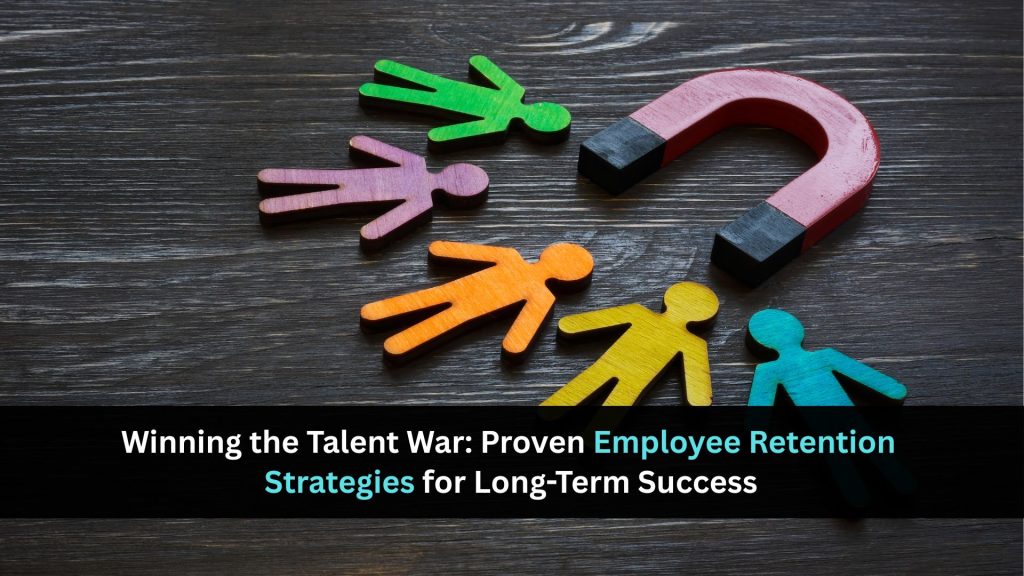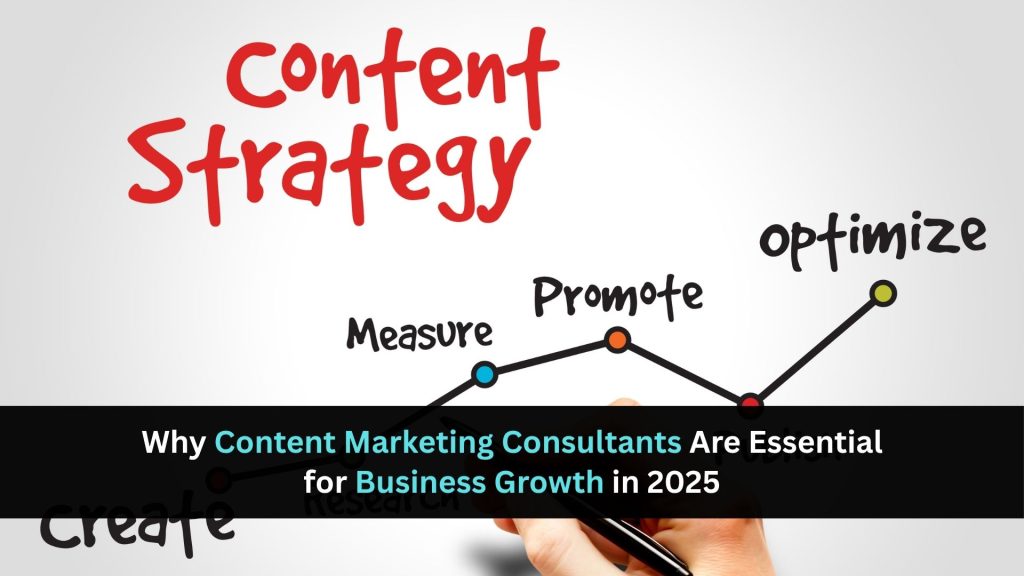
Table of Contents
ToggleEmployee Retention Strategies: How to Keep Your Best Talent from Walking Out
Understanding the Importance of Employee Retention
Financial and Cultural Costs of Turnover
Every time a valued employee leaves, the cost ripples across the business: recruiting fees, training, lost ramp-up time, and the intangible cost of disrupting team chemistry. That’s why investing in employee retention strategies early can save far more than it costs in the long run. When you lose someone critical, it may even cost more than 150% of their salary to replace them.
The ROI of Retaining Top Talent
Core Employee Retention Strategies That Work
Competitive Compensation and Benefits
Clear Career Growth and Development Paths
Creating a Positive Work Environment
Retention hinges on more than pay — culture matters. One of the subtler employee retention strategies is fostering respect, psychological safety, and inclusivity so that team members feel valued. Address toxic behaviors, promote collaboration, and ensure diversity is not just a buzzword but a lived practice.
Recognition and Feedback Culture
Work‑Life Balance Matters
One of the most powerful employee retention strategies is training managers in empathy, communication, and coaching. Great frontline leaders build trust, solve conflict, and create an environment where people want to stay.

The Role of Leadership in Retention
How Managers Influence Loyalty
Building Trust and Transparency
Leveraging RPO Services for Better Retention
One of the often-overlooked employee retention strategies is engaging external recruitment partners. Talent Solutions Toronto / RPO providers bring benchmarking data, measuring retention metrics, sourcing alignment, and process discipline. They can audit your hiring and onboarding practices to prevent mismatches that later lead to turnover.
By partnering with an RPO, you gain objective insight into your workforce dynamics and scalable solutions — a powerful complement to internal retention efforts.
Red Flags That Signal Retention Issues
- Rising no‑shows or tardiness
- Declining performance or disengagement
- Frequent complaints or lack of initiative
- Exit interviews citing “lack of growth” or “poor manager fit”
Catching these early lets you apply employee retention strategies before attrition becomes inevitable. Use surveys and regular check‑ins to surface these signs proactively.
Real‑World Examples of Retention Success
Conclusion:
FAQ's






























